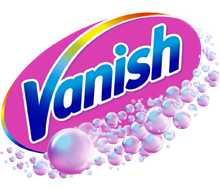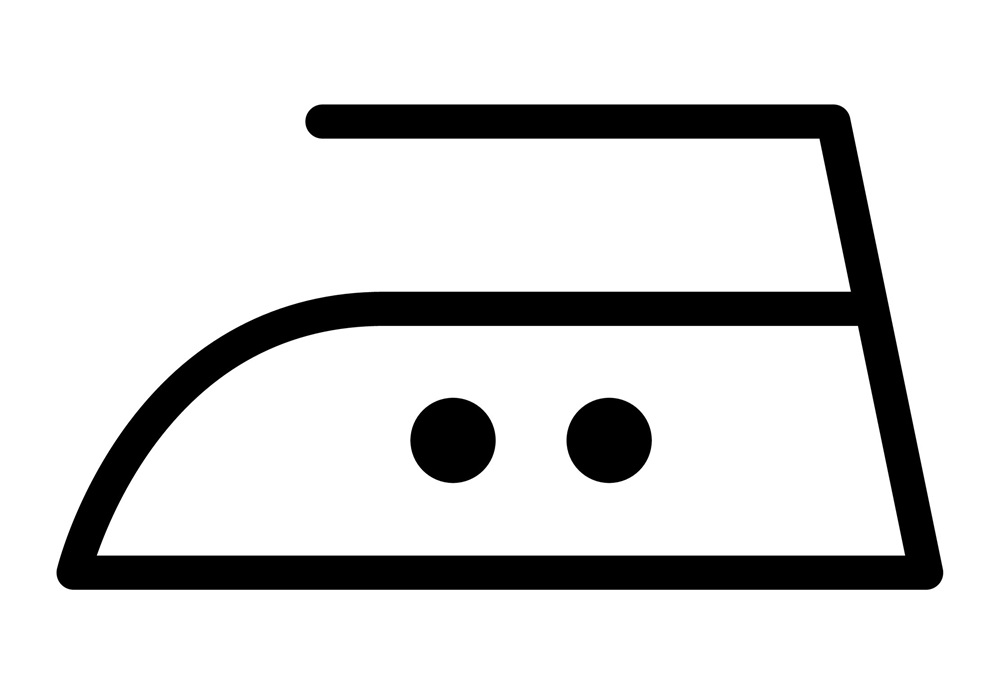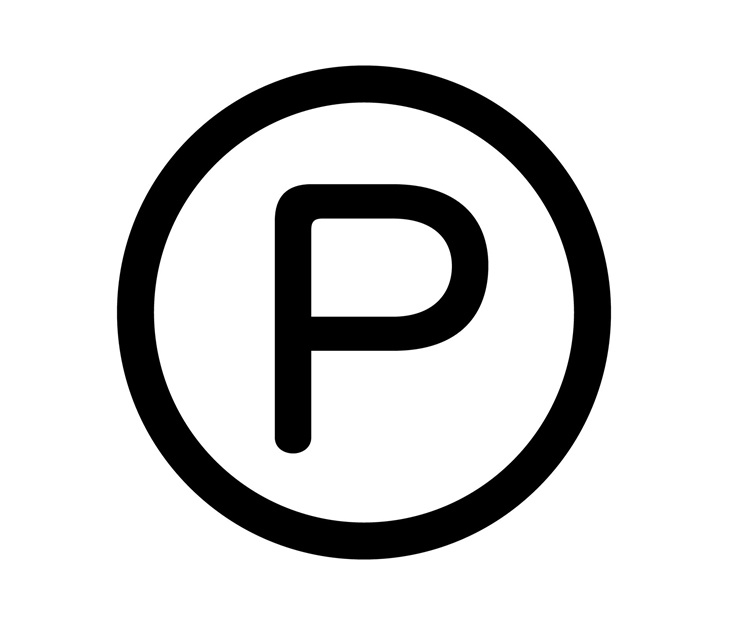Read on for detailed instructions, from separating your laundry by fabric and colour to adding the right amount of detergent and fabric softener, as well as selecting the optimal cycle and water temperature. Additional steps such as drying laundry, treating stains and hand-washing are also covered.
Separate your laundry
Have you ever wondered what colours you can wash together? The first step is to separate laundry: avoid mixing together light and dark fabrics or heavily soiled clothes. The type of fabric matters too: lighter fabrics need to be washed separately from heavier ones such as denim.
Load your washing machine
A good practice for both effective cleaning and the longevity of your washing machine is to avoid overloading it. Find out how to calibrate the right amount for a single load of laundry.
- A small load represents ⅓ of the machine drum.
- A medium load is roughly ½ of the capacity of the machine drum.
- A large load is about ⅔ capacity of the machine drum.
Even if you decide to wash a large load, you still need to be able to fit your hand in the machine. If you can’t, then you know the machine is too full!
Add detergent and fabric softener
Do you know where to put the detergent in your machine? Do you also know how much to use for every load?
It’s important for cleanliness and for the longevity of your clothes to know where to put detergent in the washing machine. You need to check the product label on the detergent packaging to know how to dose the correct amount of powder or liquid detergent.
Learn what the detergent drawer symbols mean.
[I, II & Flower icons]
- The small compartment marked as “I” is for detergent and only needs to be used if you’ve selected a pre-wash (for higher temperatures and longer wash cycles).
- The bigger compartment marked as “II” is where you put detergent in your washing machine for main washes.
- The part of the detergent drawer marked with a flower symbol is where you put the fabric softener.
Select the correct washing cycle
Do you know how to use your washing machine? Each washing machine has a different range of wash cycles to choose from, with a specific temperature, speed and wash time for each programme. It’s important to select the right one depending on the fabric and garment type. You can follow the table below for guidance. Don’t forget that even though there’s a hand-wash option on your machine, some clothes will require actual hand-washing. Continue reading to find our step-by-step guide.
|
Cycle type
|
Cleaning method
|
Clothing type
|
|
Cottons
|
- High agitation wash
- High-speed spin cycle
- Adjustable temperature
|
Sheets, towels, whites, heavily soiled items, cotton underwear and socks.
|
|
Synthetics
|
- Medium agitation wash
- Low-speed spin cycle
- Warm-to-cool temperature
|
Synthetic garments with medium soiling: blended and synthetic fabrics, polyester, jeans and jumpers.
|
|
Delicates
|
- Low agitation wash
- Low-speed spin cycle
|
Delicate garments such as lingerie, silk, wool, knits and other delicate fabrics.
|
|
Hand-wash
|
- Low agitation wash
- Low-speed spin cycle
|
Very delicate garments with the hand-wash icon on the care label.
|
Select the correct water temperature
If you’re not sure how to select the right temperature for a wash cycle, the first steps are to identify the fabric type and evaluate how soiled the clothes are. While hot water is better at eliminating bacteria from clothes, it can shrink certain fabrics, fade colours and even cause stains. It requires more energy as well, which could cost you more in the long run.
What temperature is a cold wash? 30°C and lower is a cold wash and it’s a high enough temperature for delicate fabrics, bright colours that could run or fade and lightly soiled clothes.
What temperature is a warm wash? 40°C is a warm wash and is the most common temperature for moderately soiled garments and dark fabrics.
What temperature is a hot wash? 60°C is considered hot and commonly used for bedding and towels as it is the temperature most effective at eliminating bacteria.
Nowadays, there are a range of products that are efficient in cleaning or removing stains, even in cold water, like Vanish, which is beneficial for your clothes and pocket in the long run.
Turn on the washing machine
Once you’ve loaded the right amount of laundry as well as detergent and fabric softener, you need to turn on the machine. Ensure you’ve closed the machine door properly, especially if it’s a front-loading machine, as older machines have no warning system to indicate when it’s not locked. You need to hear a clicking sound.
After the wash cycle is complete, make sure you leave the door slightly open to avoid mould or mildew buildup which could make your machine – and clothing – smell.
Dry your clothe

Once your laundry has been machine-washed, you have two options, either air drying or tumble drying. Both have pros and cons, it’s up to you to decide what suits your garments better.
-
- Air drying: The pros of that drying method include cost savings, both on the initial equipment and your energy bill later, as well as a reduced risk of damaging or shrinking your clothes. However, it takes more time and space, especially in colder and more humid weather.
- Tumble drying: That method can be more convenient and efficient, as you can dry your laundry immediately, regardless of the weather. A washer-dryer will also require less maintenance as the drying cycle starts as soon as the wash ends. However, repeatedly tumble-drying your clothes can shorten their lifespan.
Clean your washing machine
Why does my washer smell?
Not only do you need to leave the door open, but you also need to clean your washing machine regularly in order to keep it smell-free and in working condition for longer! This will also ensure clean laundry, wash cycle after wash cycle. Hard water is common, especially in cities, and regular upkeep will prevent buildup. A top-load machine will require cleaning a couple of times a year, and a front-load every month or so. Some machines have cycles specifically for cleaning your washing machine, or you can manually clean it. Always check your washing machine’s use and care guide first for cleaning instructions.
Not sure how to clean the washing machine rubber? After you’ve run a machine-cleaning cycle, simply make sure you wipe clean the seals!










